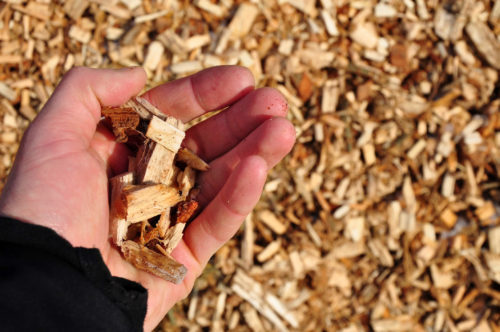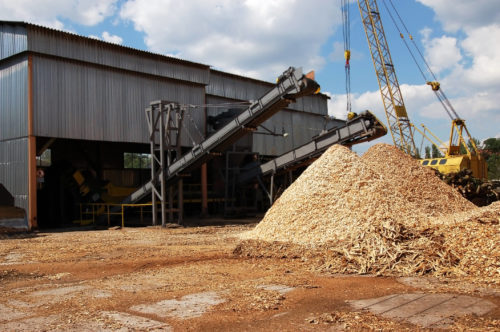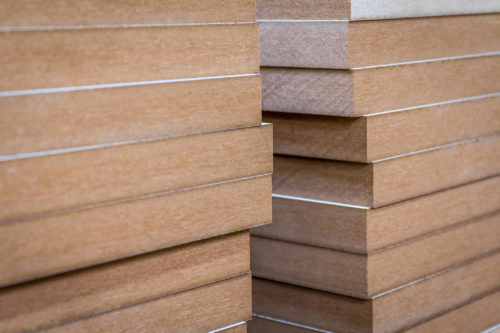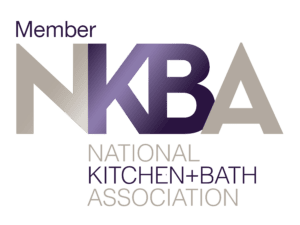Spotlight on MDF: Building Stronger Kitchens
November 20, 2017
The concept of true beauty goes beyond skin deep, and this applies to cabinet materials, too! The materials beneath the surface of your solid color or laminate cabinet doors make a world of difference when it comes to the beauty and functionality of your kitchen cabinetry.
What is MDF?
Medium-density fiberboard (MDF) is a type of man-made wood product that is created by breaking woods down into fibers, mixing wood pulp with resin, and then using high temperatures and pressure to compress and bake the fibers into a strong, new panel.

This new MDF panel is stronger than particle board, denser than plywood, and even has advantages over solid wood! Since one of the components used in making MDF is a strong, man-made resin, the MDF offers more stability than of solid wood and has virtually no contraction or expansion! Particularly in high humidity, indoor climates, (like a kitchen) MDF outranks standard wood!
MDF, The Environment, and You
MDF is a generic term for all fiberboards of the same density, but not all MDF is the same. Quality can vary, and not all MDF manufacturers use sources and materials that are kind to your home or the environment.

Since MDF is made from 100% recycled and reclaimed materials, it is inherently good for the environment. Unfortunately, some MDF products are made with formaldehyde resins, which are not so good for humans. These are referred to as a carcinogenic (cancer-causing) volatile organic compound (VOC) which, will be, over time, released as a gas into the air of your home. Yuck!
Ask your kitchen professional if their products are low-VOC! While opening the windows periodically is enough to keep these gasses from building up in your home, low-VOC options are worry free and commonly available with quality contractors.
(In case you’re curious, all of the MDF used here at Kitchen Saver is low-VOC! Not only that, but all components used in the creation of our MDF are CARB2 compliant. Those are the strictest guidelines in the US!)
When and Why Do We Use MDF?
MDF is chosen for durability, affordability, appearance, or any combination of the three! The stability of MDF has a significant advantage especially in kitchens, which commonly endure dramatic and swift changes to temperature and humidity.
A base of MDF under a layer of quality laminate can recreate the look of a whole range of gorgeous, natural woods and stains, but without the pricetag that tends to come with solid wood! In the creation of laminate doors, a laminate layer goes on over the MDF and is then firmly bonded. To learn more about the various kinds of laminate and the differing levels of quality they create, learn about laminate refacing here.

Where MDF truly shines and appeals is in solid colors. While natural wood grain affects the absorption of colors and cause an uneven look, MDF’s uniform texture makes it not only a sturdy base, but also an even canvas! For classic looks such as a white kitchen, or bold and trendy colors such as grey or blue, MDF can not only get you the look you’re going for, but also save you some major cash.
So whether your priority is looks, strength, cost, durability or friendliness to our earth, MDF is a material worth considering on all of those points.







